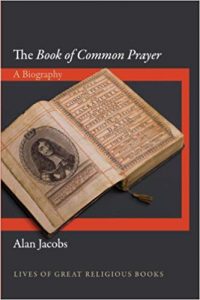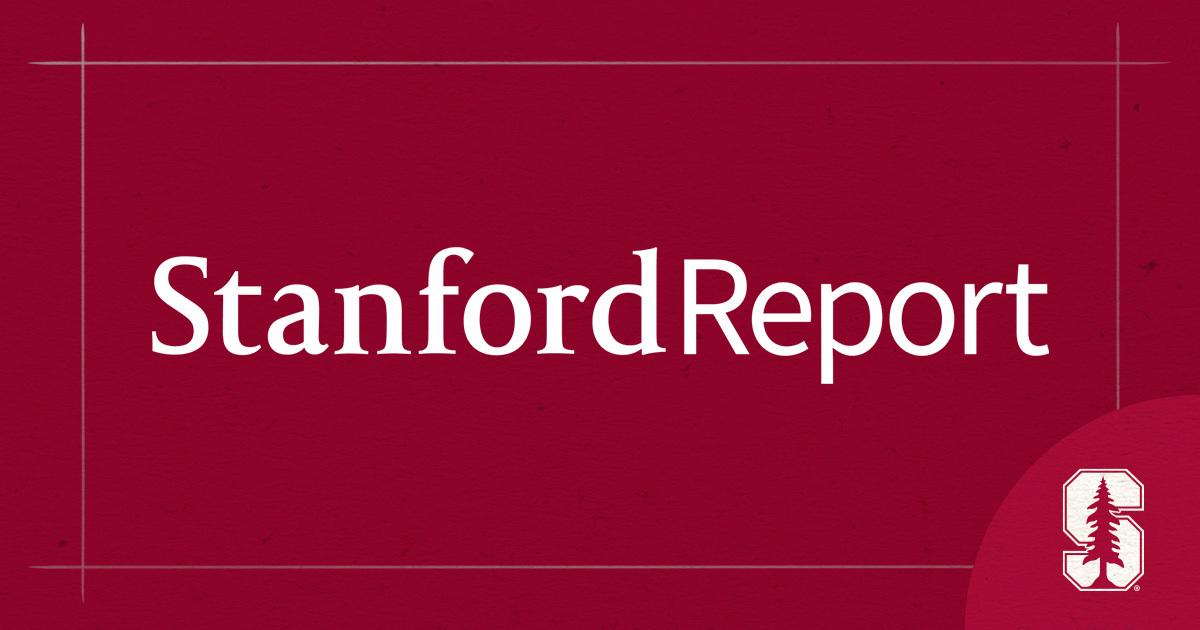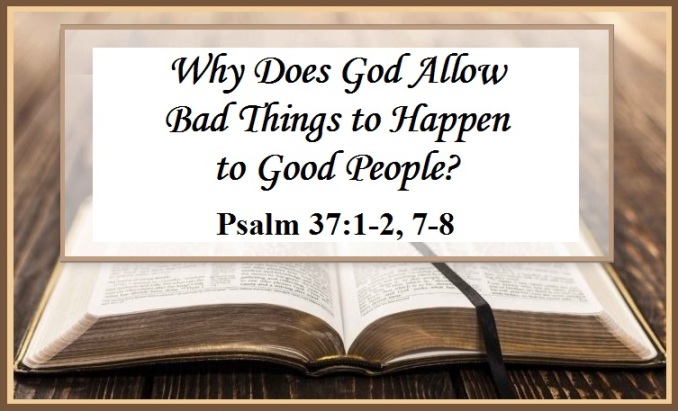(ThyBlackMan.com) There are many books that expound upon the Christian experience. Some of them have become a part of the beginning of a life, the joining of a life, and the end of life. Many of us have heard the prayers given at baby christenings, the vows of a marriage…and we all know the “ashes to ashes dust to dust” funeral rites. There is also the guide to baptism, communion, The Litany, and weekly or daily services. These along with prayers for different times of the day, and other events can be found in The Book of Common Prayer. This book would become a staple in the news Anglican church once it broke away from Rome. If a person was a member of clergy, or just studied the development of Christianity in the West; The Book of Common Prayer was one to look at as its history followed the religious history of England.
In “The Book of Common Prayer A Biography” by Alan Jacobs the reader is given an introduction to the purpose of this dynamic book, and its history. Jacobs, and English professor, broke the book down into seven parts to give the reader a thorough understanding of the book’s relevance over time throughout English history. We see the creation of this book to bring prayer, and The Litany, together for all in one unified book in 1549 under Edward VI. Unfortunately, before the book could get its footing it would be removed by Edward VI’s very Catholic sister Mary I only to be re-introduced with revisions by Elizabeth I.

The book of Common Prayer would undergo quite a few revisions from one monarchy, and time period to the next. Jacobs does a great job of expounding on the book’s importance, or lack thereof, to each period throughout its history as he works his way to its relevance today. Being an English professor Jacobs does highlight the beauty of the literature. The Book of Common Prayers would come together, and see revisions, under the pen of Thomas Cranmer, Archbishop of Canterbury. The rhythm of the prayers and how the book was written would have an impact on English literature same as Shakespeare and other profound writers of the time. Jacobs also highlights Cranmer’s desire to have the book and Litany steeped in scripture as much as possible.
Alan Jacobs presents a solid book that is great if you are a lover of English Literature, or you’d want to use the text in an English class to take a look at style during a time period. It is also a good choice if you enjoy history of different religious texts, religious studies, or you want to further take a look at the different rites used in church services. With that in mind this is not a book that one would necessarily look to for spiritual growth. Keep in mind this is a biography on The Book of Common prayer, not the book itself. Furthermore, from a black lens one may read this book and find themselves pondering on how the scriptures are used to comprise this book. You may find yourself putting this prayer book up against the Bible it is supposed to reflect. Given what would happen to black people during enslavement…one can wonder how books of prayer stood in light of the harsh inhumane treatment of Africans that was getting ready to launch around the new world. As an English & History major I found the book interesting to read, but I realize it may not be a general favorite if one is looking for pastime reading.
“The Book of Common Prayer A Biography” by Alan Jacobs can be found on Amazon, and everywhere books are sold.
Staff Writer; Christian Starr
May connect with this sister over at Facebook; https://www.facebook.com/christian.pierre.9809 and also Twitter; http://twitter.com/MrzZeta.

















Leave a Reply